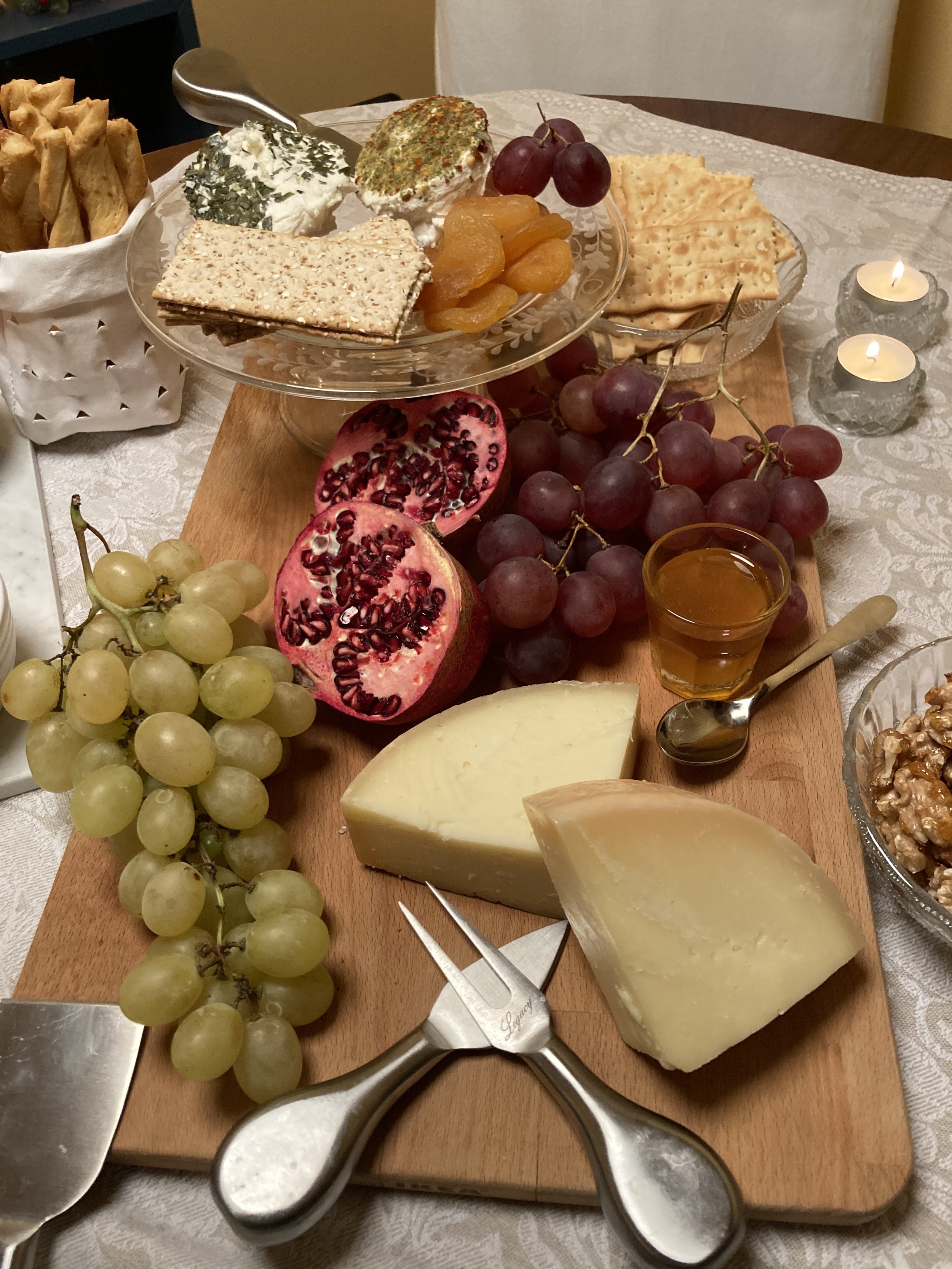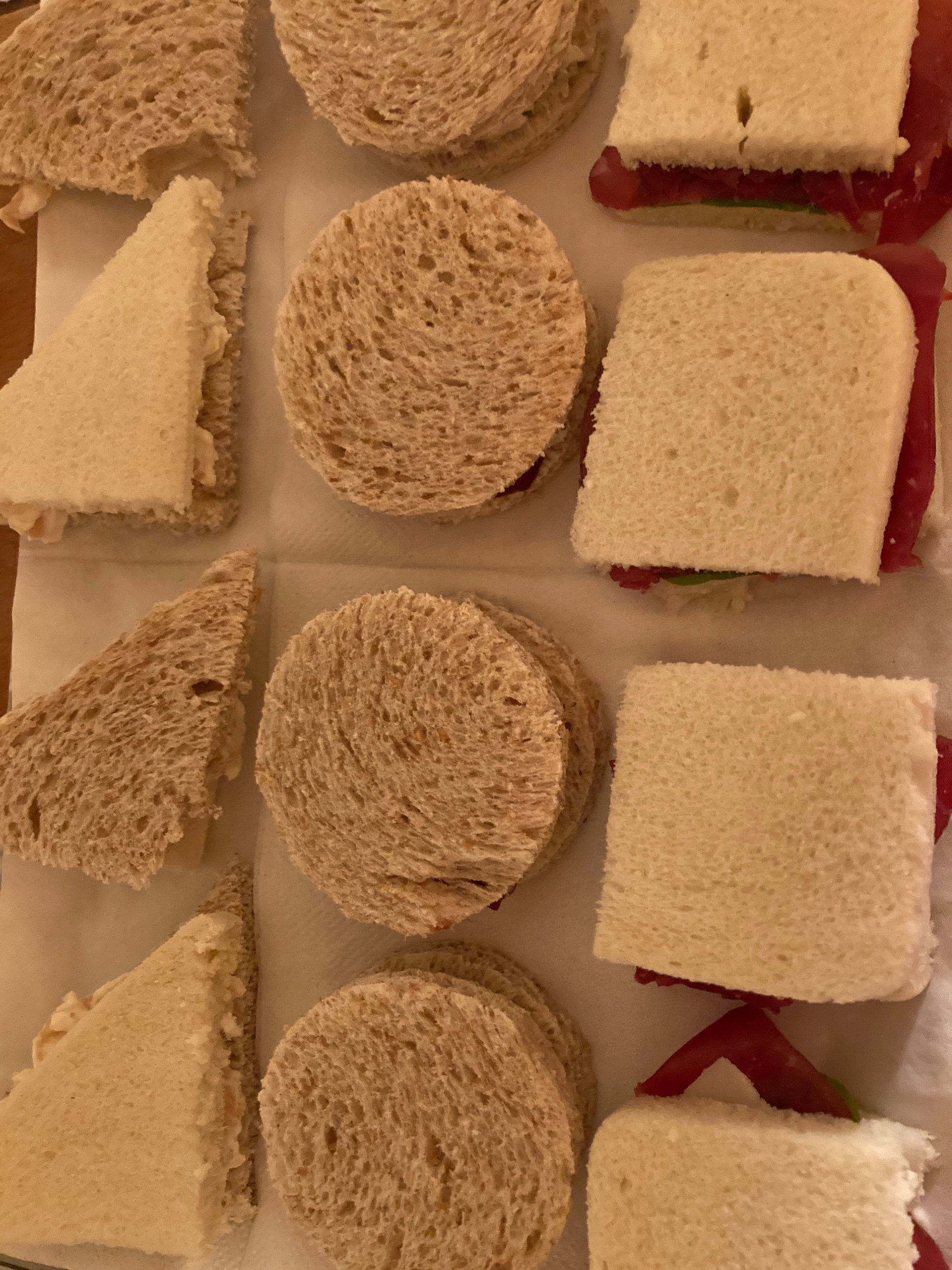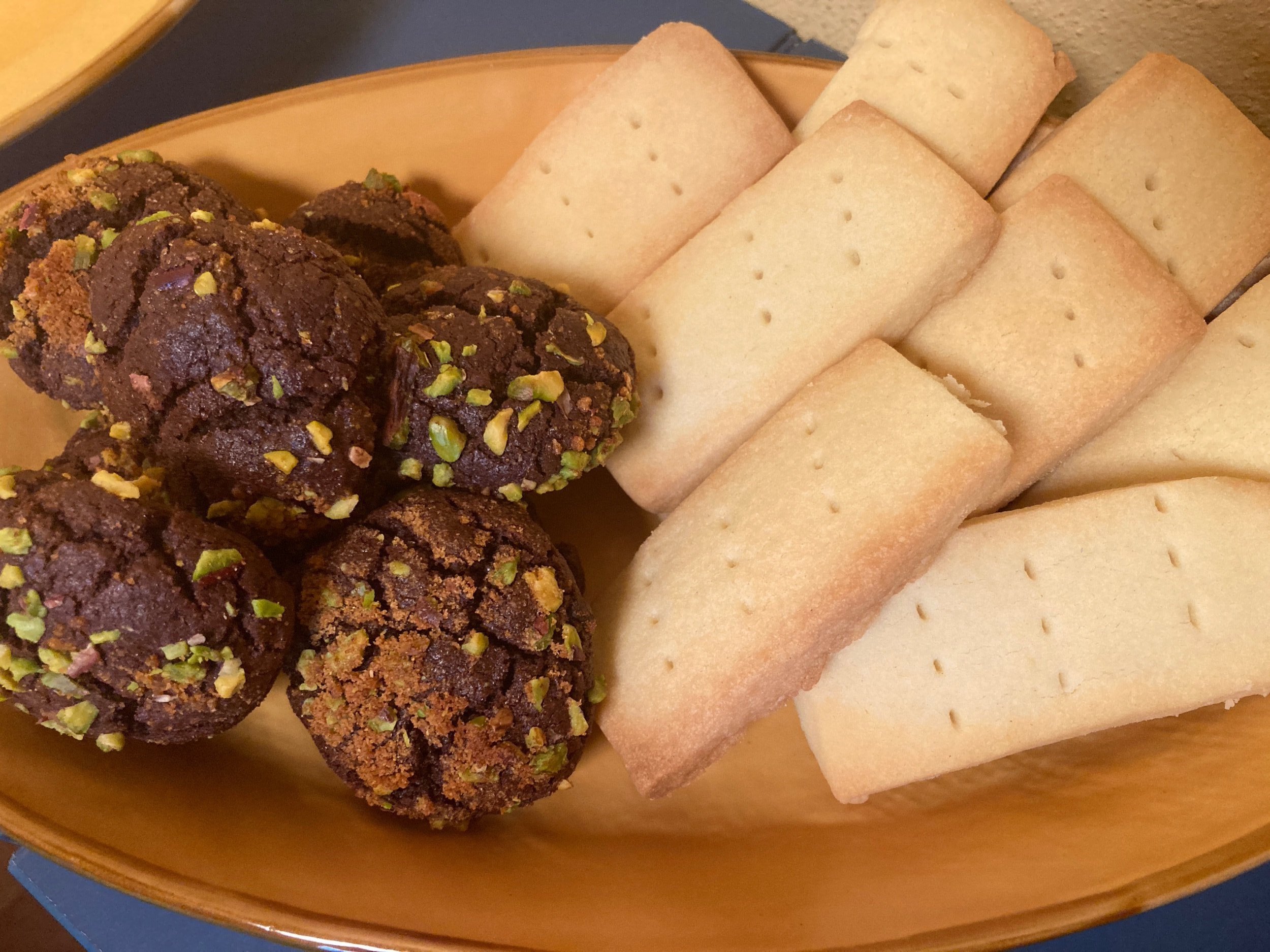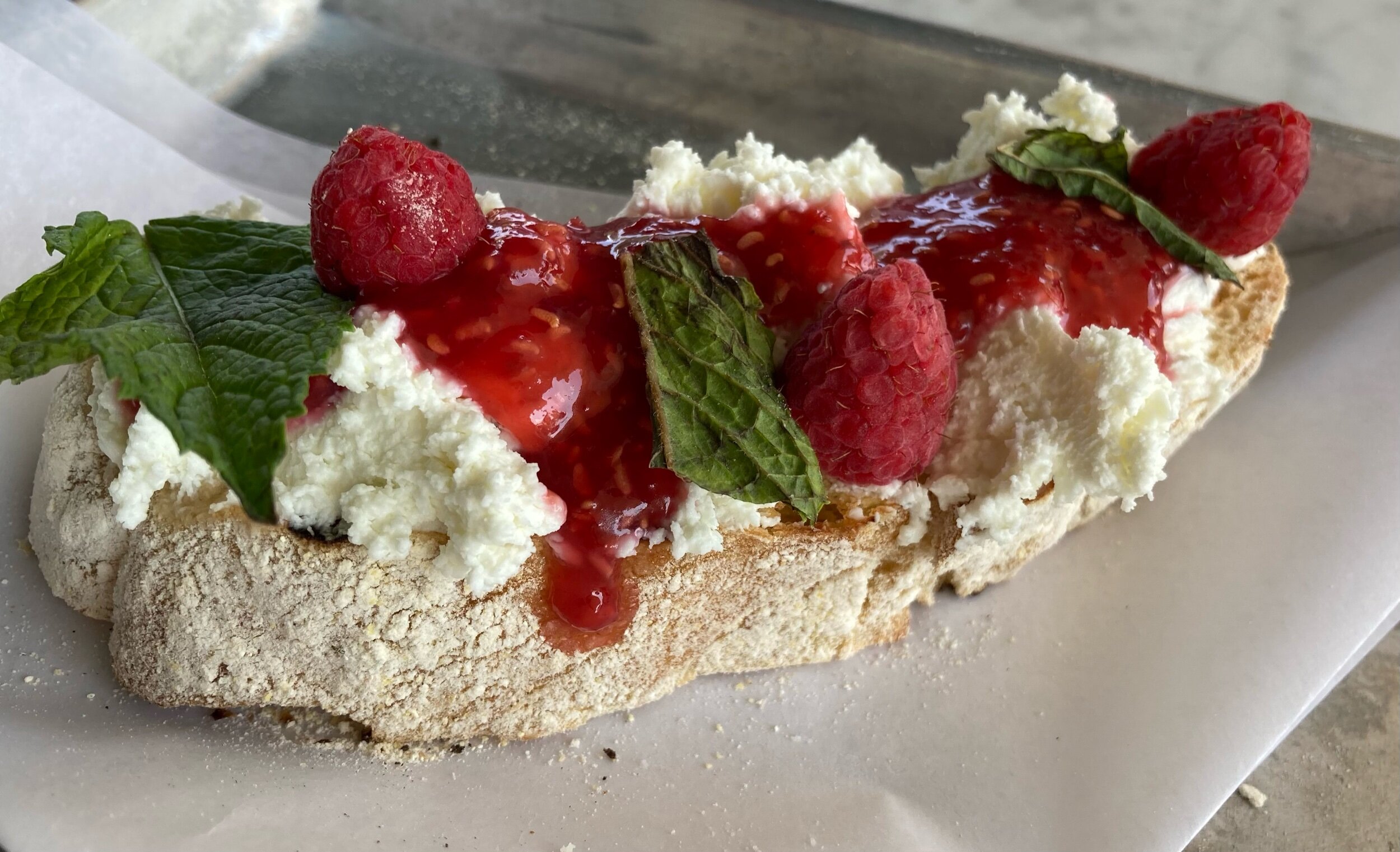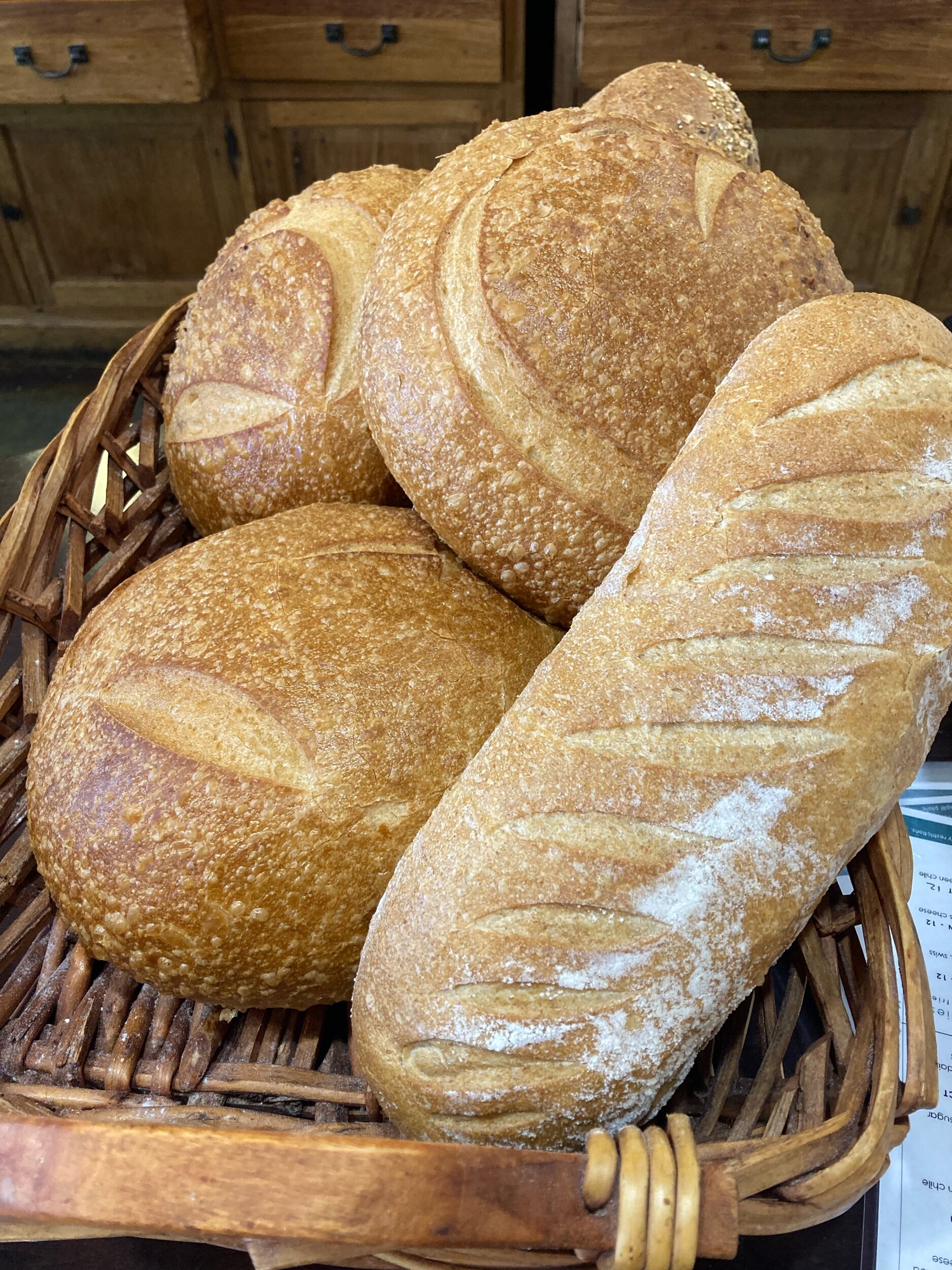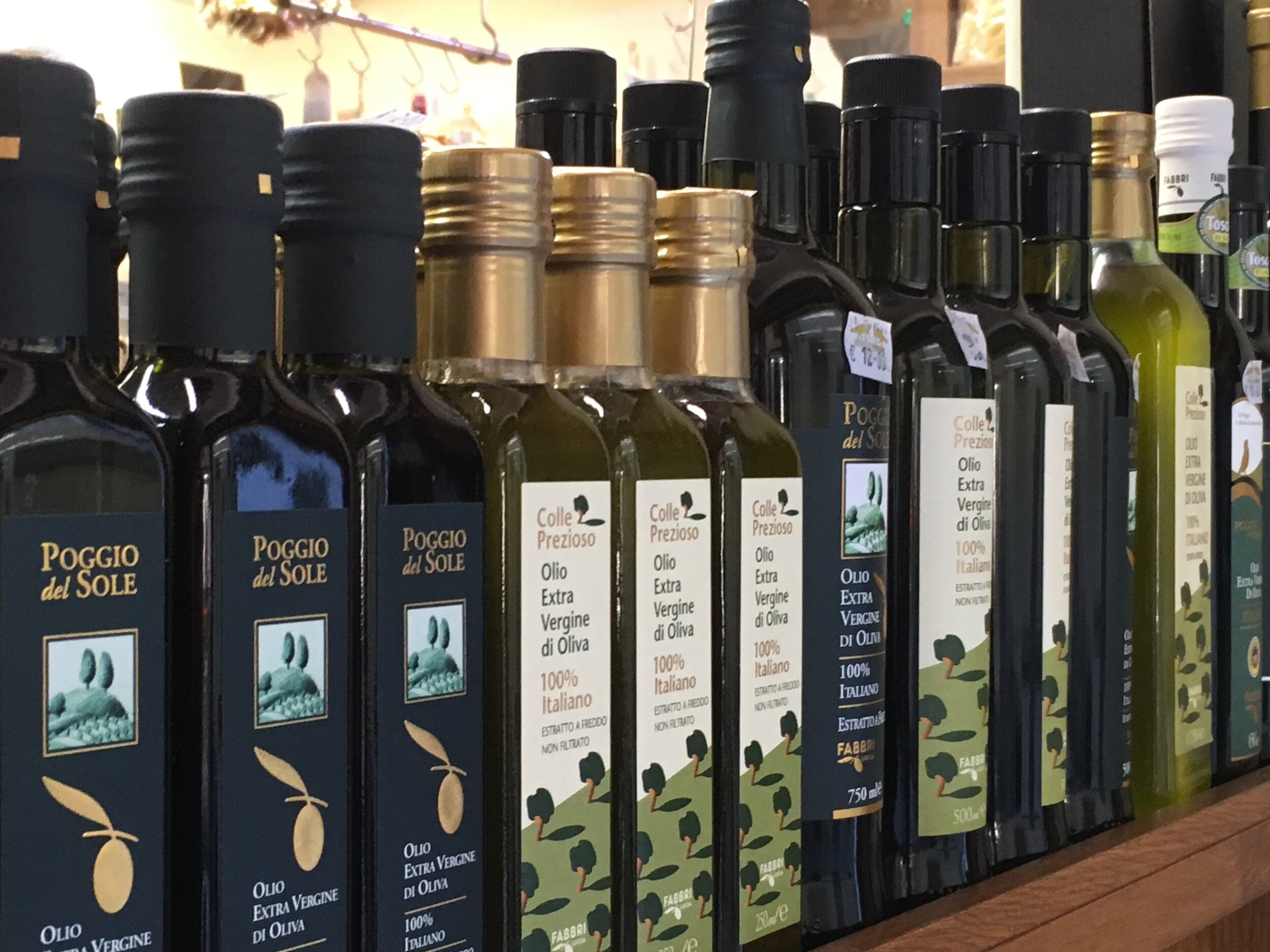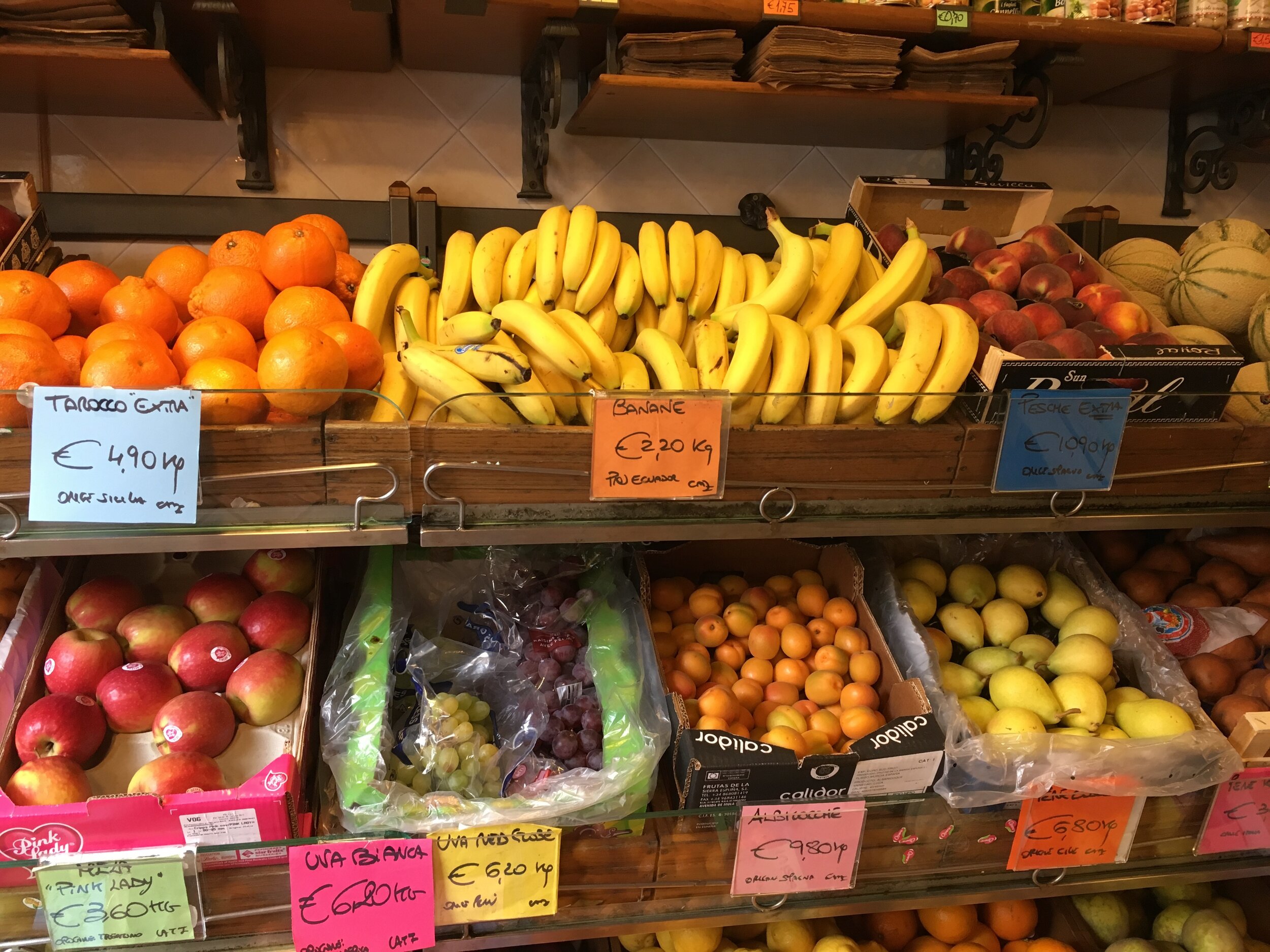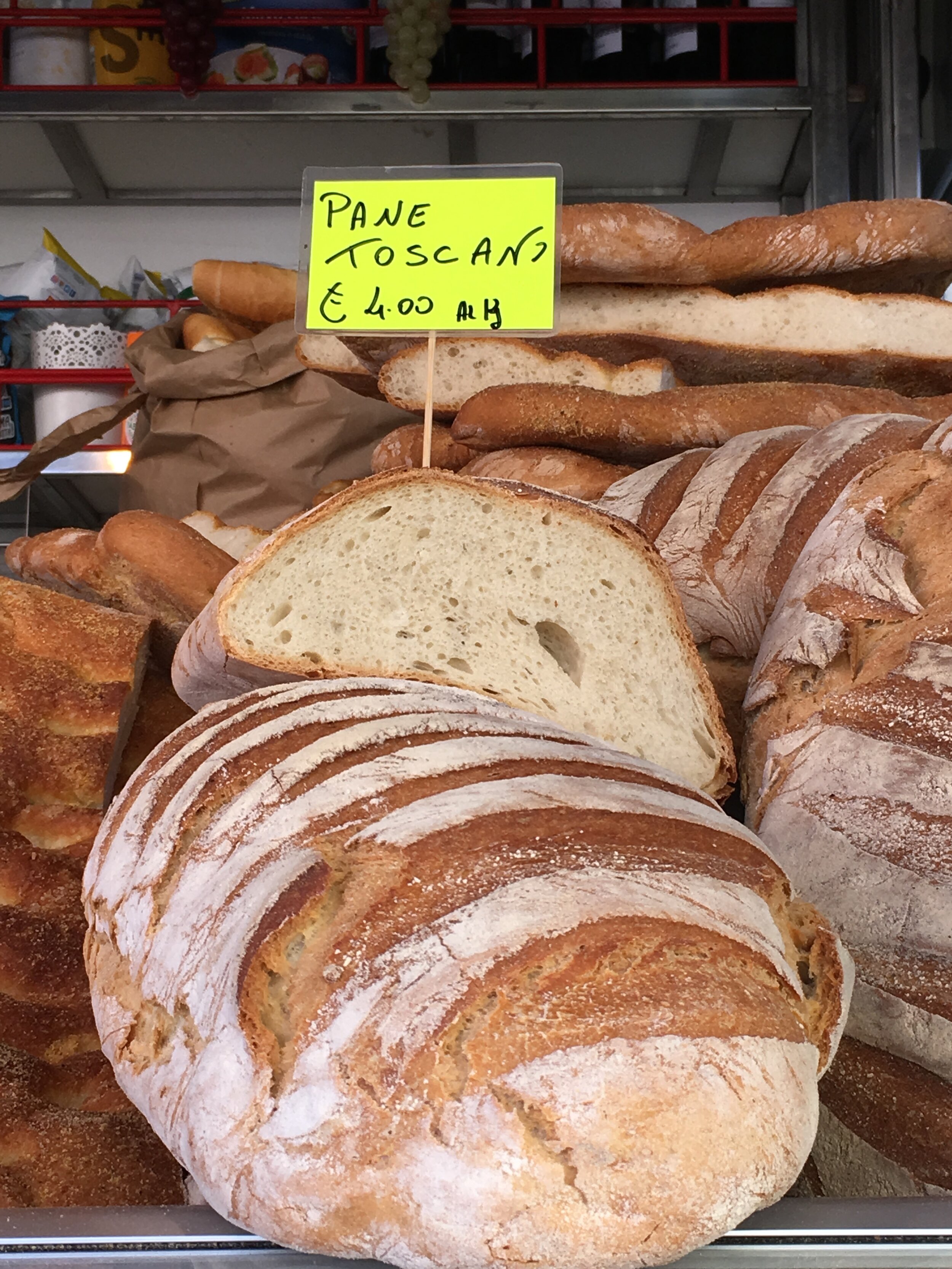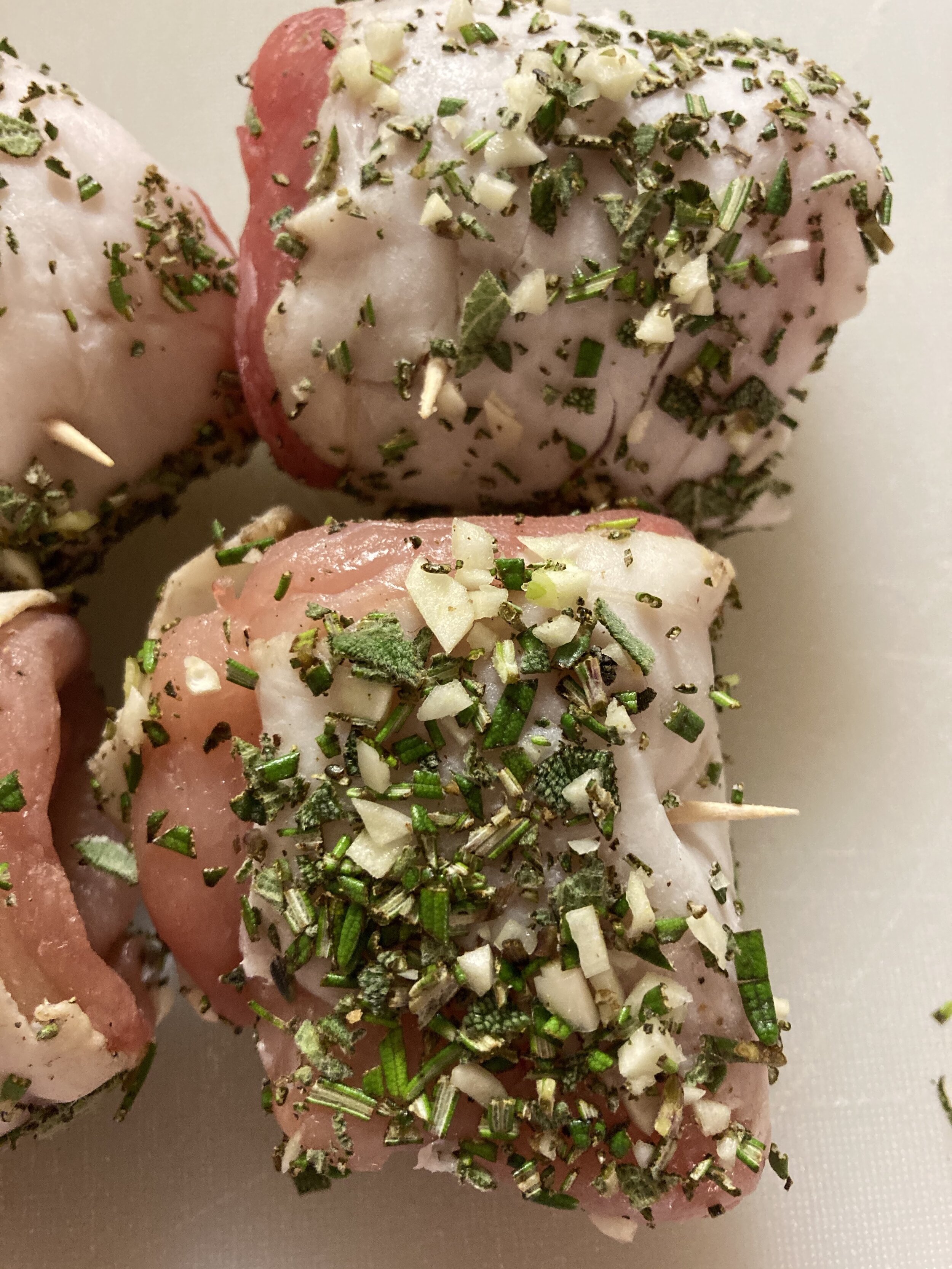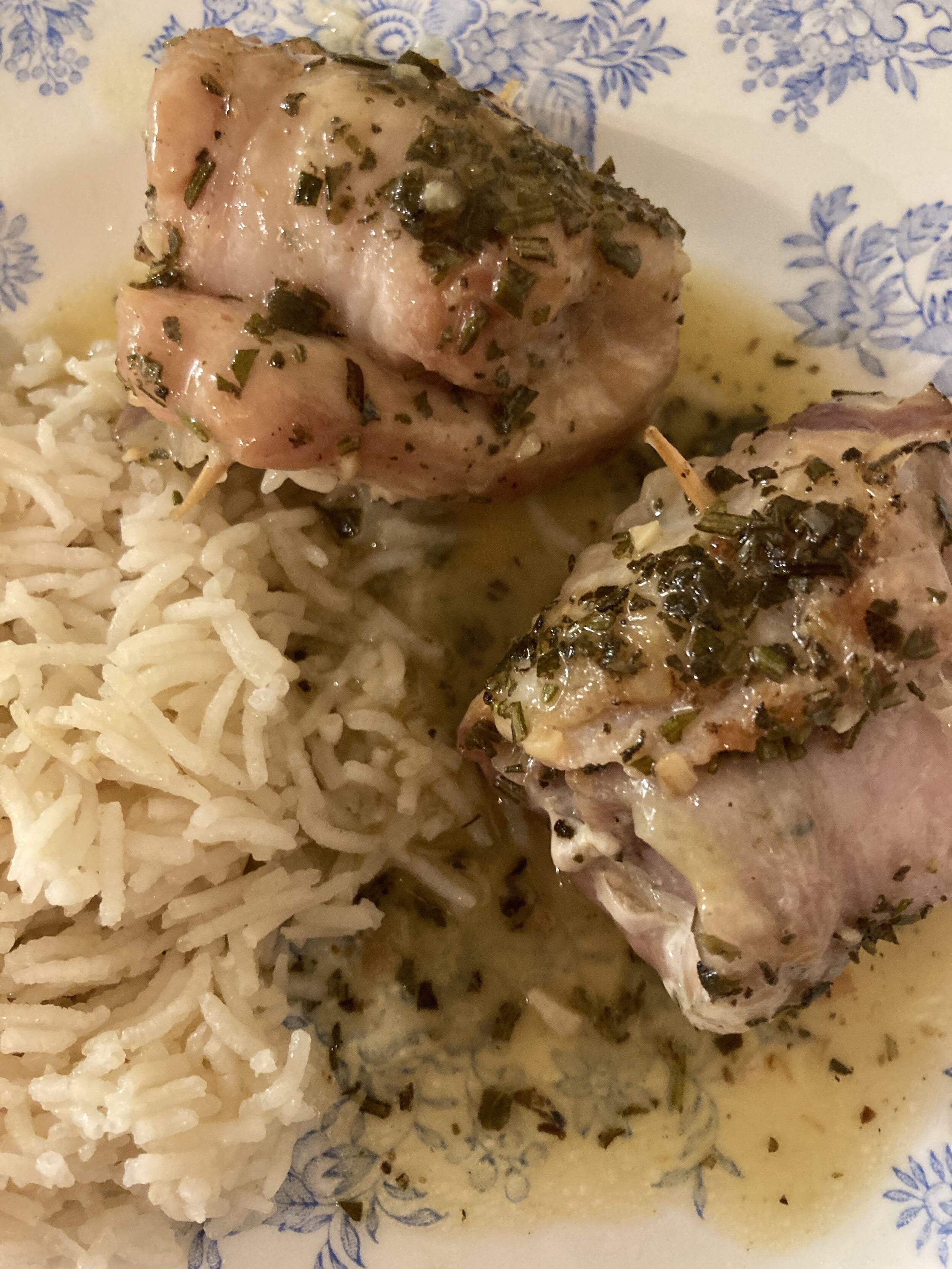No-Fuss Holiday Entertaining
This is a busy time of year! The days between Thanksgiving and the New Year are filled with activities -shopping, decorating, holiday baking, and dinners just for starters. For me, these weeks have also included a couple of out-of-town visitors, two quick trips out of town, and the birthdays of four friends. It has been a happy whirlwind as every week seemed to include a gathering or a short trip.
With all this activity, entertaining can either be a joy or it can cause stress. And stress is no fun! To keep the holidays fun and avoid entertaining burn-out, opting for a no-fuss approach is the way to go. No-fuss means that most of what is served can be purchased or prepared in advance with a minimum of actual cooking. That way, the effort goes into choosing a good mix of items with a variety of tastes and textures, presenting them in a visually appealing way, pouring something festive to drink and then relaxing with the guests. This is just the approach I used for the small gathering that I recently hosted. My no-fuss choice was to create a festive cheese board for an aperitivo celebration. No cooking required!
Here are some ideas for putting together a tasty cheese board.
Herbed goat cheese - tangy, creamy, spicy and store bought
First, choose a variety of cheeses, even better if they are local specialties. For a light cocktail hour, an ideal combination is one soft cheese and one that is medium or hard. For a more substantial appetizer add a third cheese. Since my gathering was a pre-dinner aperitivo, I kept things light with just two cheeses.
I purchased rounds of a creamy herb-crusted goat cheese (2 varieties, chive and red pepper) at the local grocery. They paired well with a wedge of good quality pecorino fresca from one of Lucca’s specialty cheese shops. A bit of jam or honey alongside the pecorino added a bit of flavor complexity.
The twisted shape gives these bread sticks an added visual boost
Next, some type of bread to go with the cheese. Using a variety of shapes, sizes, and forms makes the presentation more interesting.
Crackers are easier than fresh bread as there is no last minute slicing and the crispness holds up well with just about any cheese. For my board I purchased some pretty bread stick twists and two types of crackers.
These marinated green olives are salty and a bit briny, they complement the cheeses nicely.
Now, add in some salty and stronger flavors. Good olives are perfect. Marinated small tomatoes or cornichons work well too. For a more hearty appetizer tray, some flavorful meats are a good addition. Prosciutto or salami would be typical Italian choices.
Next comes fruit. Grapes always go well with cheese. Added bonus - they look great on the platter! Apples or pears would have been another good choice (but grapes don’t require any slicing and can be put out well ahead of time, making them the perfect no-fuss choice). Dried fruit adds additional flavor, color, and texture. Dried apricots worked especially well with the pecorino.
Last, some sweet flavors. In this case I used candied walnuts, the only thing that actually required me to cook (if melting sugar and tossing in the nuts really counts as cooking). The combination of sweet and crunchy was a good contrast to the salty olives and creamy cheese. A small cup of honey to drizzle over the pecorino added another layer of sweet flavor.
Something bubbly to toast with comes next. Prosecco is ideal for an aperitivo and is the perfect choice for any celebration.
Start with a simple cutting board or platter, add a pedestal dish for height, and begin layering foods until you are happy with the presentation.
Once all the foods are chosen, the next consideration is presentation. This is the fun and creative part; a chance to tap into your inner Martha Stewart!
Cutting boards, platters, and trays can all serve as a base for a cheese board. I don’t have a fancy cheese board, but my IKEA wooden cutting board worked just fine as a base for the grapes and cheeses. For some height variation, a small pedestal plate on, or alongside, the cutting board adds a bit of “oomph” to the presentation. Tall breadsticks standing upright in a glass do the same.
Color and texture are also important. Two colors of grapes, one green and one red, colorful herbs topping the goat cheese, and a combination of creamy and firm cheeses is a good start. A halved pomegranate provided color variation, contrasting texture, and served as a space filler on the cheese board. Plus it was a sparkly seasonal fruit. Additional color and texture came from the dried apricots.
Pomegranates are “jewels” that add sparkle to a cheese board
A variety of plates, bowls, and boards can be positioned alongside the main board to expand the spread. No need for everything to match! And no special tableware is needed, just mix and match whatever you have available (though having some good cheese knives is a big help; I borrowed some from a friend). And a pretty table cloth always helps to set the stage.
Ready to serve !
With everything in place I was able to enjoy my guests with no worry about keeping things warm or fussing over serving. All I had to do was pour the Prosecco (and truth be told, a friend volunteered for that job!).
There you have my strategies for no-fuss holiday entertaining. What tricks do you use for stress-free parties at this time of year?
With New Year’s Eve right around the corner, another no-fuss cheese board just may be in my future.
Happy New Year! Buon Anno !
